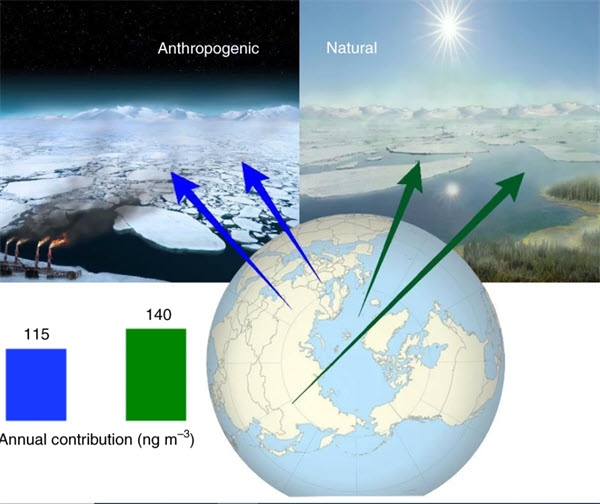OAs interact with other aerosol components like black carbon, elemental carbon or sulfate, and can affect their radiative forcing. The magnitude of these effects depends on the photochemical properties of OA, their sources and formation process.
However, these processes cannot be traced by satellites and information is primarily collected using ground-based observations. Because of these measurement challenges, OAs in polar regions have received limited attention and their complex composition, sources and role in the arctic atmosphere are poorly understood.
A new study published in the journal of Nature Geoscience and funded in part by CPO’s Atmospheric Chemistry, Carbon Cycle and Climate (AC4) program sheds light on composition and sources of OAs.
Continue reading at NOAA Climate Program Office
Image via NOAA Climate Program Office


